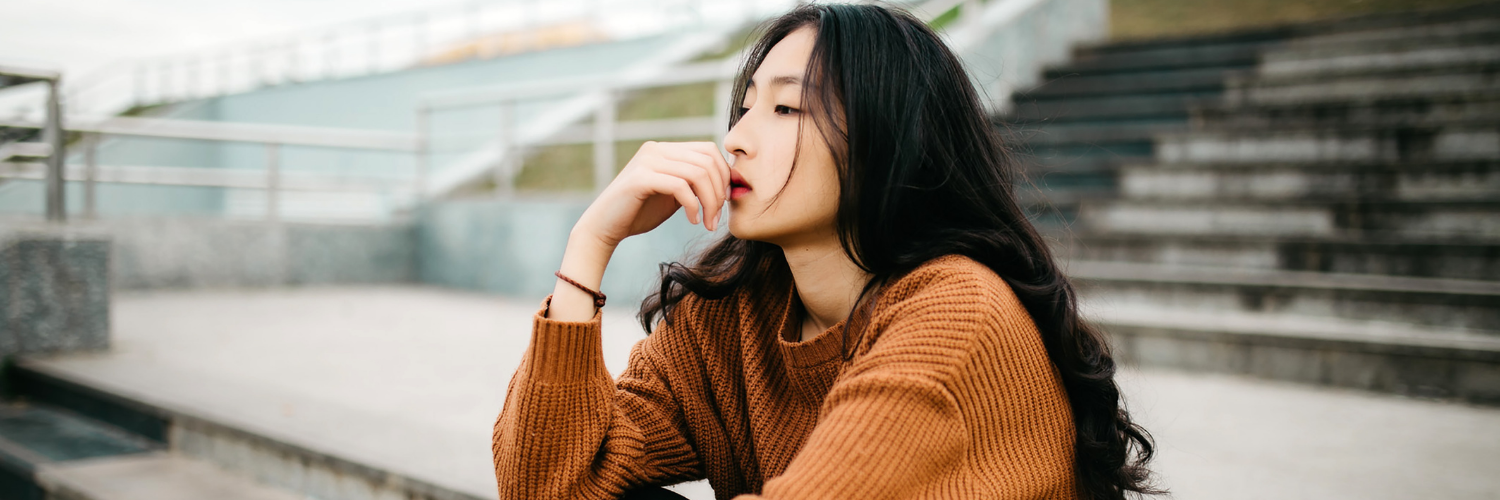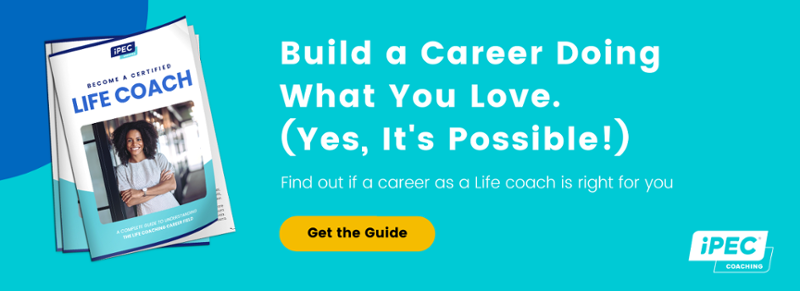Conscious Choice is a Practice: 3 Steps for Reflection and Transformation
by Simone Noordegraaf, CPC, ELI-MP | iPEC Chief Business Development Officer
Oct 26, 2020 | 2 minutes read
Why do things feel so much harder these days?
Healthy habits, wellness routines, and mindful moments all seem a lot more difficult to cultivate and sustain.
And this makes complete sense based on the high levels of uncertainty we’re all experiencing on a daily basis. The energy we’re spending on surviving these days keeps us from truly thriving.
So what do we do? We look to “weapons of mass distraction” as Luke Iorio, President of iPEC, puts it in his recent interview on the Max Challenge.
Social media, email, and other notifications are pinging at us all day long which, on a biological level, directly affects our nervous systems. Our minds and bodies are looking for a reprieve from these unsure, uncomfortable times—but this added stress is disastrous to our health.
Those healthy habits we're looking to save us? It's not just about food and exercise, but the energy we're feeding ourselves. And it all starts with conscious choice.
Just like any habit, consciously choosing our energy is built upon continual, conditioned response. The great news is, changing just one habit (i.e., interrupting that conditioned response) sets us up to be more successful in other areas in our lives.
As a society, for most people, we are not coming to experiences with conscious choice. We are conditioned at some point in our lives to react to external stimuli rather than consciously choose how we want to respond.
Luke says, “The more we become aware of the conditioned responses we have—we can move closer to the present moment and allow our conscious mind to choose and not allow our past conditionings to do the choosing for us.”
He outlines 3 simple (and impactful) steps to continually practice conscious choice in your life. Ask yourself these questions as you continue to expand your awareness.
Step 1: What was the thing I did really well at that moment?
As humans, we tend to focus on what went wrong. However, training your brain to first seek the good, preferable, positive outcomes from a situation helps you reflect on the pattern that you want to repeat—the habit you want to build upon.
Step 2: Now, what can I improve on?
Caution: this can easily turn into a slippery slope of guilt and shame. It’s important to recognize that guilt actually comes from a place of compassion. You feel guilt because of how much you care. Unfortunately, negative self-talk tends to poison this compassion and uses it as a weapon against you.
Rather than focusing on what your limiting beliefs are trying to force on you, think to yourself, “That was the best I could at that moment.” Because it’s true! Based on your conditioned responses up to that point, you were doing the best you could with the knowledge you had. And now, you can reflect and decide if/how you want to respond differently in the future.
Step 3: Next time, what do I want to do differently?
Do you need to make amends? Is there a response you would prefer to choose in the future? Because it is always a choice—we’re just trying to make it more conscious. Through this reflection, you learn how to consciously notice before you respond the next time.
It’s important to note that this may feel (will feel) uncomfortable. According to Luke, “Our ability to pause and be okay with being uncomfortable is perhaps what we need more than ever right now.”
We are conditioned to turn away from pain or discomfort. But by practicing these mindful steps to cultivate conscious choice, you are building your resiliency.


